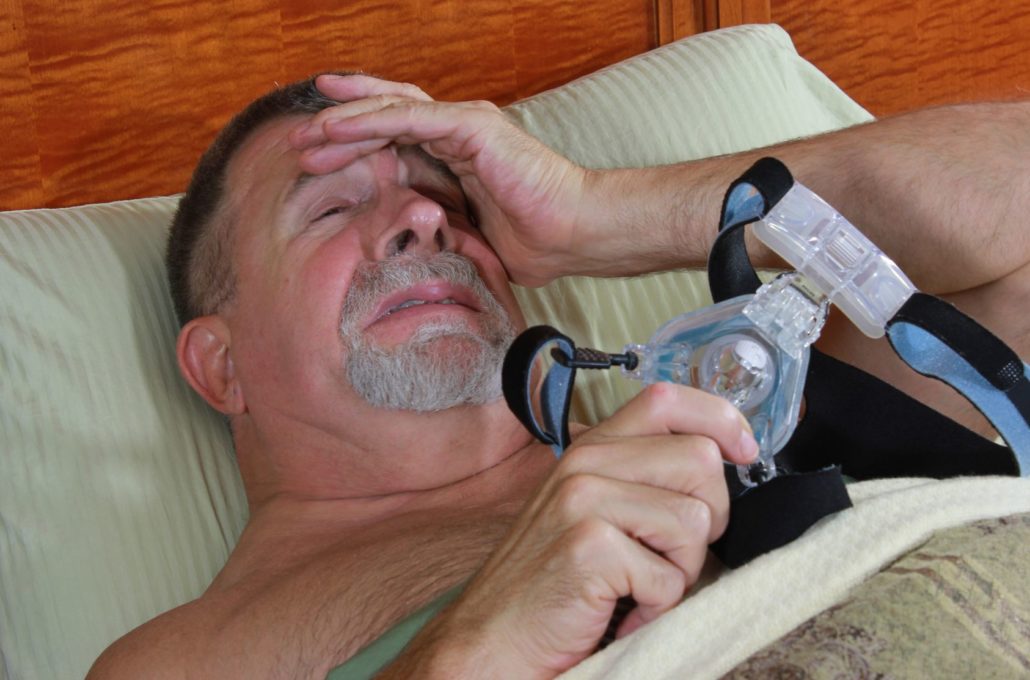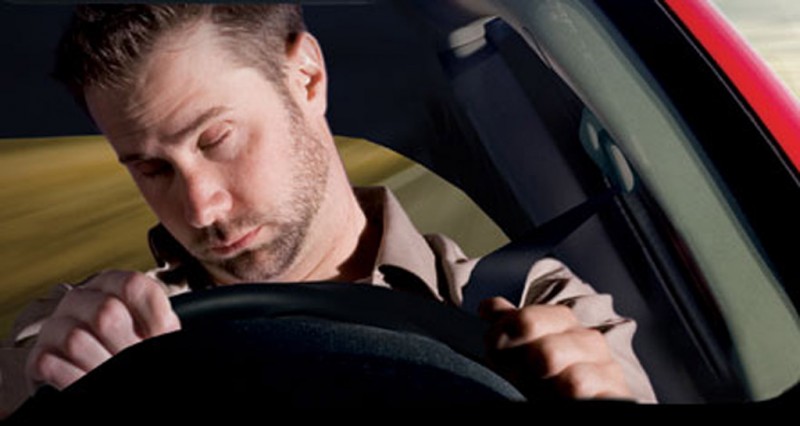A study conducted by the University of Pennsylvania and sponsored by the Federal Motor Carrier Safety Administration (FMCSA) and the American Transportation Research Institute of the American Trucking Associations found that almost one-third (28 percent) of commercial truck drivers have mild to severe sleep apnea.


DOT compliant devices
We at Drake Family Dentistry have provided help to truck drivers and people with Obstructive Sleep Apnea with oral appliance therapy. The Oral appliance can be fitted with micro chips to record compliance. Patients can bring in their appliance to be read by a machine on a monthly basis to document compliance.
It is known that commercial drivers in the US have a much higher rate of obstructive sleep apnea (OSA) than other drivers. This has led to a change in the legal and medical atmosphere surrounding tired drivers and Department of Transportation (DOT) medical examinations.
On the DOT health history, each driver is asked if there is a history of:
- Sleep disorders
- Pauses in breathing while asleep
- Daytime sleepiness
- Loud snoring
THIS MUST BE ANSWERED TRUTHFULLY.


Case in point:
A recent legal case brought criminal charges against a truck driver who killed a member of a road crew in Kansas. Even though he had not logged excessive hours prior to the accident, nor been up late the night before and blood samples verified that he had no alcohol or drugs in his body at the time of the accident; he was still found guilty of involuntary manslaughter, a felony conviction.
The driver admitted to being drowsy during the day and continued to drive. He said that he thought that daytime drowsiness was normal. He was diagnosed with obstructive sleep apnea 3 months after the accident.
DAYTIME DROWSINESS IS NOT NORMAL. IT IS A RED FLAG THAT SLEEP IS IMMINENT!
Employers are aware that treatment of obstructive sleep apnea creates a 73% reduction in preventable driving accidents among drivers diagnosed with OSA. This translates to savings in time and money for both the driver and the employer. Treatment of OSA can save your life. Not just from a vehicular accident, but treatment of OSA decreases your risk of heart attack and stroke.
Oral devices are acceptable treatment for OSA.
In the DOT Medical Examination by Natalie Hartenbaum, MD, MPH, she gives a description of when oral devices are acceptable treatment:
- Oral appliances should only be used as a primary therapy if the initial AHI (number of breathing events per hour) is less than 30.
- Prior to returning to service, the driver must have a follow-up sleep study demonstrating ideally AHI of 5, but up to 10 is acceptable.
- All reported symptoms of sleepiness must be resolved and blood pressure must be controlled.
Weight loss and surgery are acceptable, but you must still have a follow-up sleep study that verifies that your AHI is ideally 5-10 to document efficacy.
Oral devices, in unselected patients, return 52% to an AHI under 10. With further titration of the oral device during the follow-up sleep study, the success rate for patients vastly increases.
Throat surgery is much less effective. Weight loss requires a 20% weight loss to drop your AHI by half. Everyone will agree that CPAP is the most effective treatment. When using CPAP, 90% of OSA sufferers return to normal breathing.



